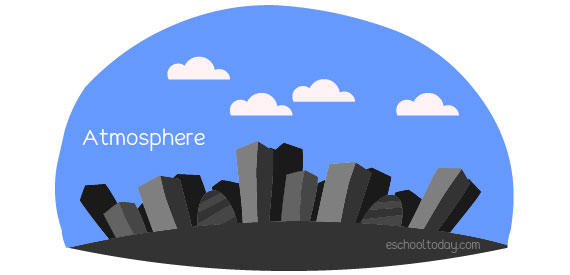- Winds
Introduction to winds
Hold your palm over your nose, and breathe out hard — you must have felt something from your nose pressing against your palm, yes? You did not see it, but you felt it. What you feel is what we call air.
Now, if you have seen a vacuum cleaner work, you will notice how it sucks all the little debris, pieces of rubbish, and dust in its path. Again, that was air being sucked together with all the little stuff.
Both scenarios have something to do with air that is being directed at or pulled from something. They both have something to do with air pressure and the movement of air from one place to the other. That is not ‘wind’ yet, but we need to understand something about AIR so we can have a better understanding of the lesson on winds.

The earth is surrounded by the atmosphere (a blanket of gases). These gases extend about 400 miles into the sky above, and it is made up of nitrogen, oxygen, argon, carbon dioxide, hydrogen, and many more others. All these gases that make up the atmosphere are what we commonly call Air.
Air, like other liquids and gases, is fluid. The particles in these fluids can move from place to place, typically from a high-pressure area to a low-pressure area.
